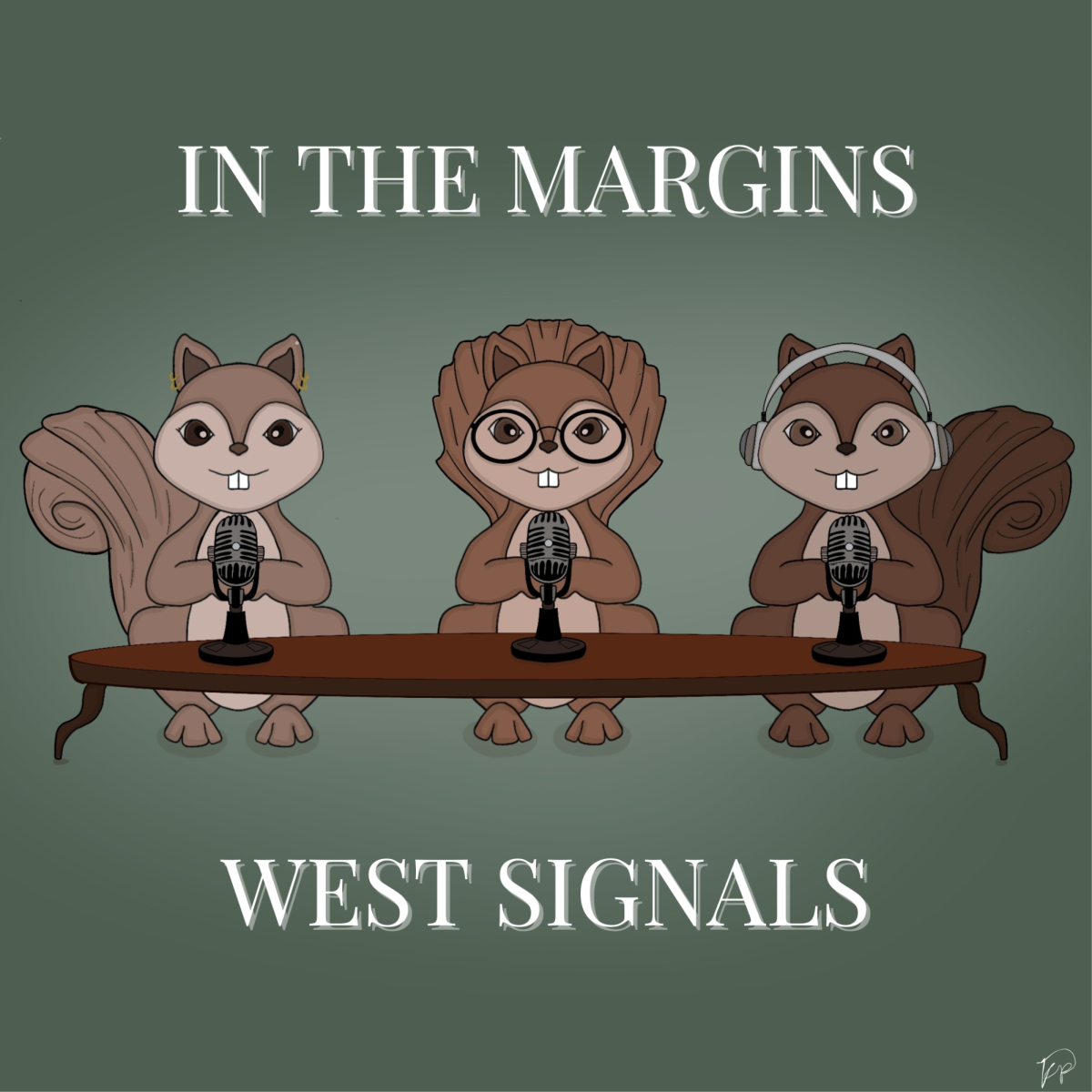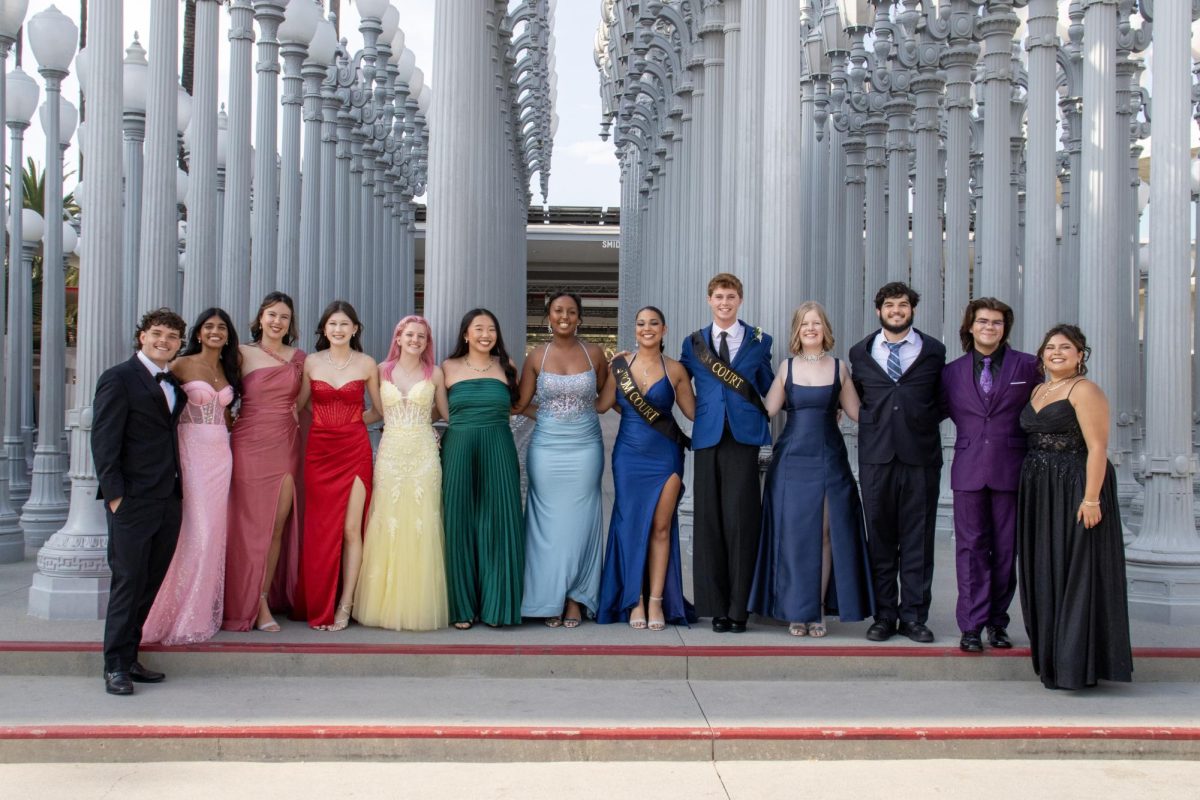Why We Need Racial Diversity in Storytelling
June 16, 2019
As a little girl in elementary school, I was an avid reader. My favorite genre was fantasy―and it still is. Fantasy was made up of faraway worlds, fierce warriors, and frightening wars. Literature was also my connection to the wider world. It helped me learn how to read and write, gave me role models to look up to, and taught me lessons that could not have been taught in another way. The people I looked up to were fictional characters. But literature wasn’t just teaching me life lessons; it was unintentionally and subconsciously teaching me that only white characters could be protagonists, that minorities could never really star as a main character.
As a girl, Isabella Santana (9) felt, “I’ve very rarely read books with characters I can identify with and especially when I was growing up, I practically never read a book with a character or characters that I could relate to.” She isn’t alone.
But to a certain extent, I understand why so many starring characters in the stories we tell today through movies and books are white―after all, we live in America. Even though I’ve grown up in a community with a large population of Asians, Asian Americans only make up 5.6% of America’s population, while Caucasians make up 76.6% of America. Even though America is widely Caucasian, African Americans make up 13.4% of our country’s population. That’s more than ten percent. If the books and movies we create are reflective of the American population, at least one in ten of every book or movie should star a black character, but only two out of every ten lead actors are people of color, and even fewer star as main characters. It’s clear that Hollywood is not representative of the true American population.
Even beyond our own country, we often fail to recognize the broad influence the U.S. has globally. Our movies and books and stories are consumed everywhere by a wide range of people of different backgrounds, races, and regions. I would argue that it isn’t anyone’s job to represent every single minority all over the world, but we have to acknowledge that American media reaches all over the world.
An avid reader, Shruti Penumarti (9) remarked, “When authors have a racially diverse set of characters, a wider range of people can connect to the story because it’s relatable [for] everyone.”
But why is racial diversity so important? Movies and books are just pieces of entertainment, after all. Why would the race of actors or characters matter?
I’ll start by saying that storytelling―our books and films and TV shows―influences us. Whether significant or not, we learn from the things we consume, watch, and read. Having a healthy diversity in media will contribute toward a future of acceptance and understanding one another. Stories don’t have to be about racism; just seeing a diverse cast of characters in a story unrelated to race can have an impact. We tend to be desensitized to things we see over and over, whether it be gory dramas or horror films. Don’t misunderstand me; I don’t think we should be desensitized to racism, but seeing characters of diverse race can break stereotypes and humanize minorities.
And beyond that, when I think of racial diversity in storytelling, I think of other little girls like me who love to read, who have never seen a protagonist who looks like them, who are being taught that they cannot be the hero. I think of who I was and how I wondered why Asians were never main characters in the books I read. Children usually don’t tend to get carried away in topics like diversity and race. But it can be as simple as wanting a role model that can be relatable; someone who has similar experiences and identities. The danger doesn’t come when we wonder why and ask for change. The danger is that we stop fighting. The danger is that the little girl will accept that she will never find a character who is like her. The danger is when we let people believe that representation is impossible.
After all, it is possible. It is very possible. There’s already been huge strides, increased attention and media, and more voices speaking out. But we can’t stop now, so I raise my voice because I know that diverse representation is wholly and wonderfully possible.




